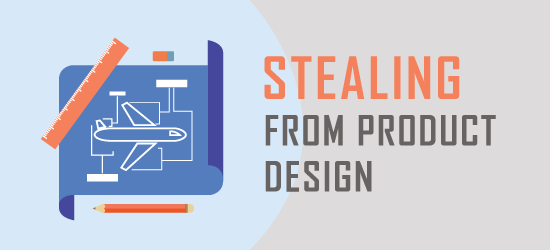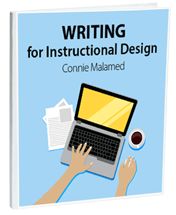
Like all designers these days, learning experience designers are under pressure. We must find the most effective ways to meet the needs of a target audience, improve workplace performance and measure outcomes in terms of business metrics. That’s a tall order.
If you are seeking inspiration, you may find it in product design strategies. The field of product design is continuously searching for disruption and innovation. Here are some product design principles that I find valuable.
1. Look for unmet needs
Rather than looking at what everyone else is doing, the best product designers try to find a problem that desperately needs to be solved or a need that isn’t fulfilled. We can do the same thing. To start, find the underlying cause of a workplace performance problem using tools like a root cause analysis.
When you uncover the cause, start with fresh ideas for how to solve the problem. You can try design thinking or other creative approaches to improve your chances of generating an effective solution. Identifying unmet needs as they relate to workplace performance can solve problems in a way that hasn’t been done before.
2. Push the prototype
There is nothing like a prototype to communicate your ideas. I find time and again that when I show clients even a rudimentary prototype, their brains seem to light up with understanding. The concrete nature of the prototype can’t be matched with words alone. After all, how can another person with their own unique experiences (or lack of experience) mentally visualize the same as I do?
You can create low fidelity prototypes with paper and pencil and/or sticky notes. If you want to go digital, try mockups with PowerPoint and story ideas with Twine. There’s also wireframe prototyping tools like Balsamiq or your favorite authoring tool.
One of the key things to avoid when prototyping is your perfectionist tendency for making things pixel perfect. The deeper you invest yourself into a prototype, the more likely you are to resist necessary feedback and revisions.
3. Become a design ethnographer
Good product design teams take user research seriously. Some who do user research consider themselves design ethnographers. This is similar to an anthropologist for users. They observe people in their natural habitat or in the wild in order to gain deeper insights into challenges and potential solutions. In UX Design, this is considered field research. See 5 User Experience Research Techniques to Borrow for Learning Experience Design.
Rather than only asking users what they want, an alternative method “is to examine what people do, rather than what they say they do. This approach is based on a simple premise: the best predictor of future behavior is past behavior. What people do is a better indicator of the underlying user need” (from User Focus, a currently inactive website).
4. Leverage cross-functional teams
Product design teams might include people from design, research, engineering, marketing and manufacturing. The mix may sometimes be combustible, but where there are sparks there can also be a creative fire. Although you might choose a different mix for learning design, working with people who have diverse backgrounds, educations and experiences can create a stimulating environment for innovation. Cross-functional teams can provide fresh perspectives to its members. When organizations keep people with similar roles and interests in a silo, the organization fails to benefit from employees building meaningful relationships and sharing their expertise.
5. Determine where to get feedback
It’s like walking a tightrope. On the one hand, Learning Design requires meaningful feedback from audience members. On the other hand, people from the target audience are probably not experts in learning. Therefore, plan ahead of time to balance the feedback you get from users with other learning professionals. Consider also getting feedback from peers, mentors, managers or advisors.
6. Release a Minimum Awesome Product
Entrepreneurs often speak of releasing a Minimum Viable Product (MVP). This is a reduced version of a product that gets the job done with the least amount of features possible. It allows a company to launch a product and collect data for future iterations.
But I think product designer and entrepreneur, Steve Vassallo, has a classier idea when he writes how AirBnB created a Minimum Awesome Product (MAP). If you are designing a minimal learning product with the intention of iterating, go for awesome. This is one that will provide value and relevance as well as a delightful experience. You can read Steve’s free book: The Way to Design.
7. Don’t separate the product from the experience
Although you may distinguish between a learning product and the experience of using the product, the user does not. At least according to Joshua Porter, of the design blog, Bokardo. To the person using your work, the product and the experience are one and the same.
If you think back to the first time you used your favorite digital device, you may remember how the product and the experience merged into one. Translating that to the world of instructional design, it means that every visual you create, sentence your write, and interaction you design, creates an experience that is the product.


Leave a Reply